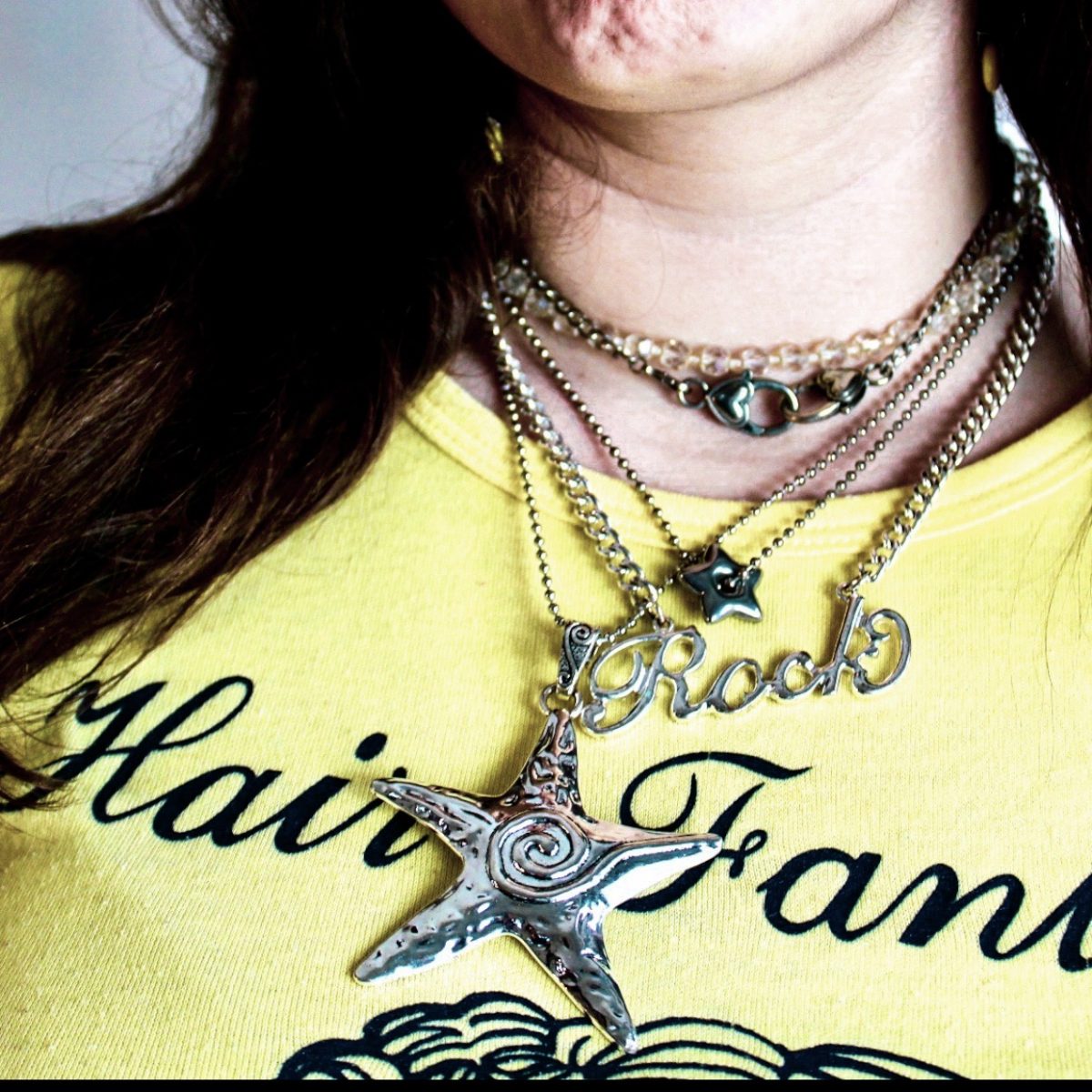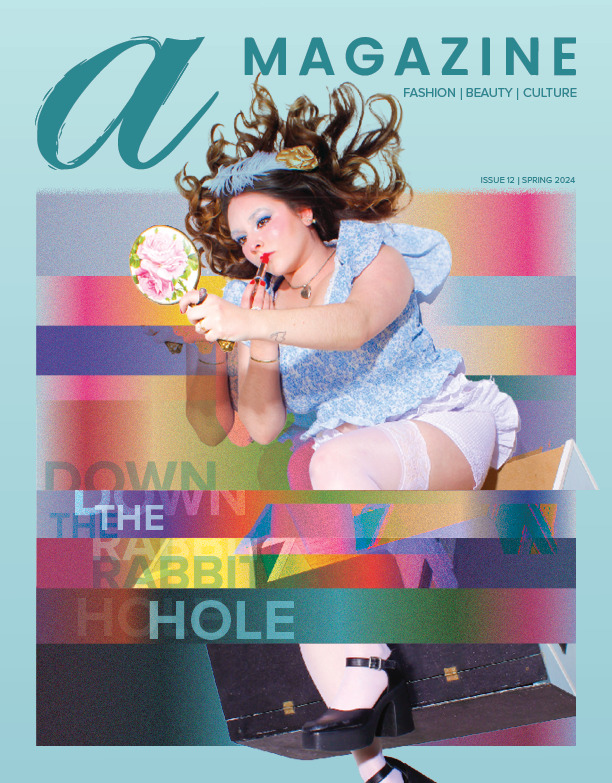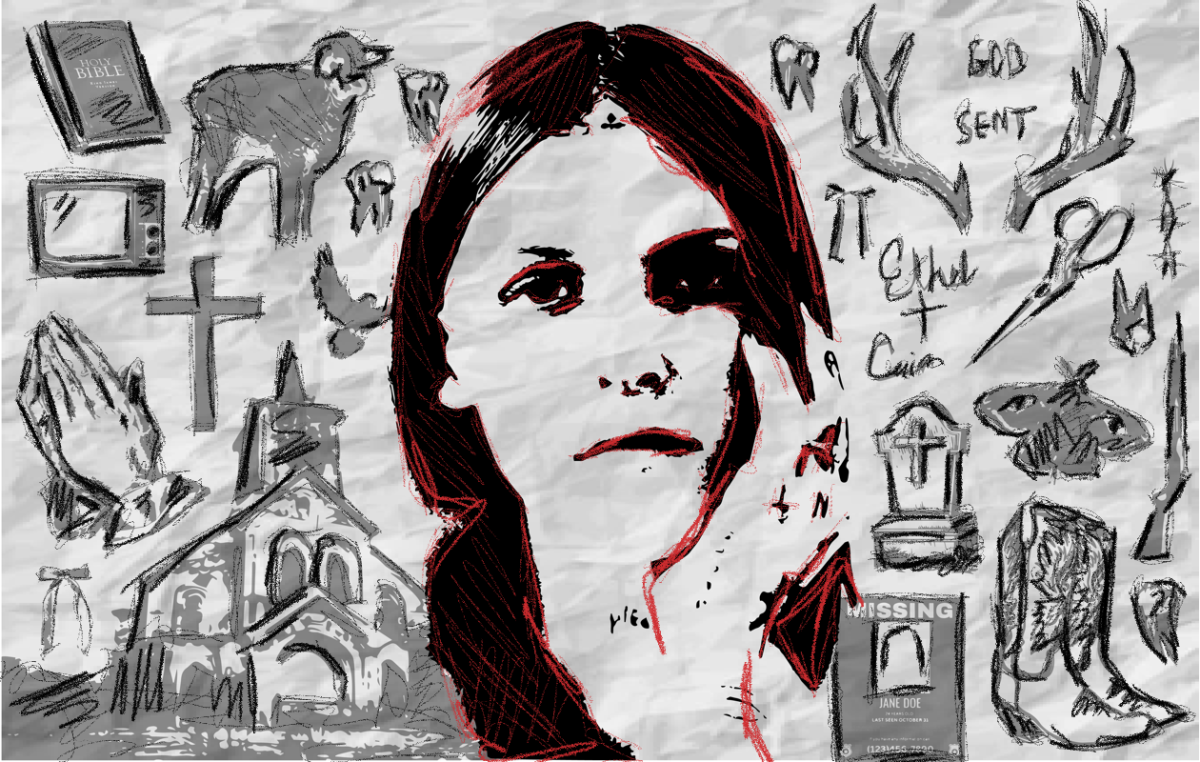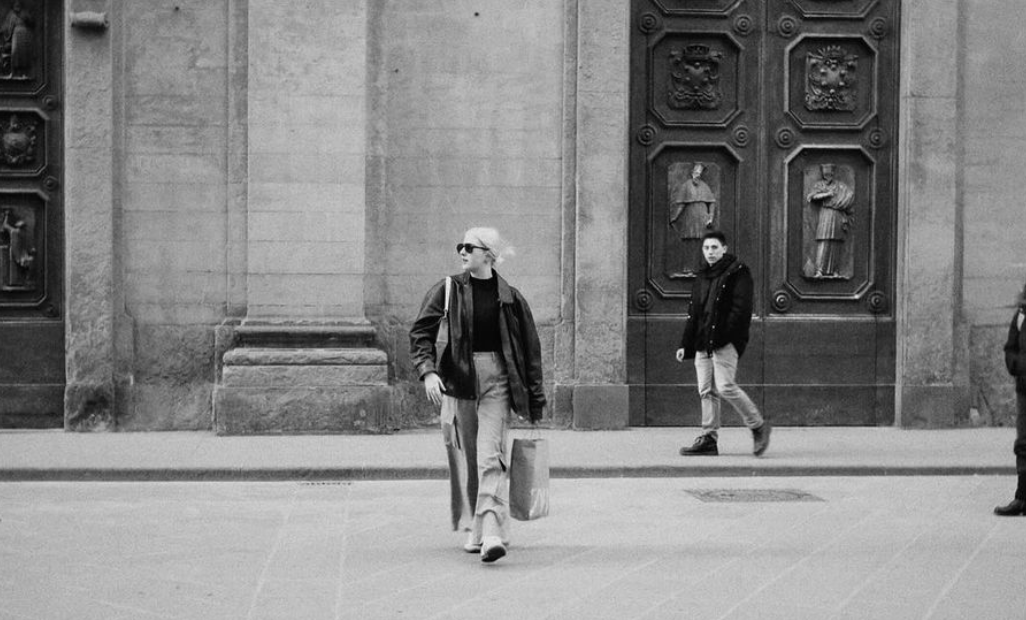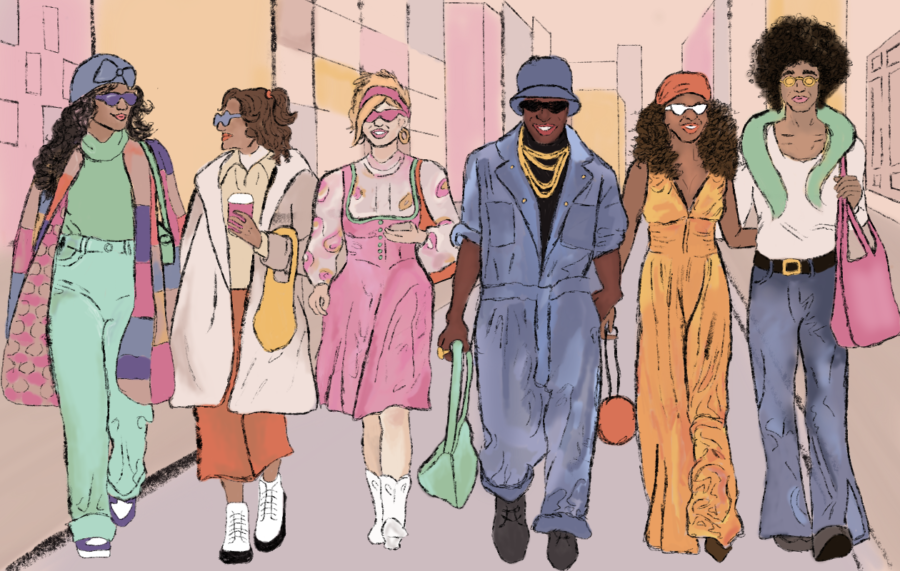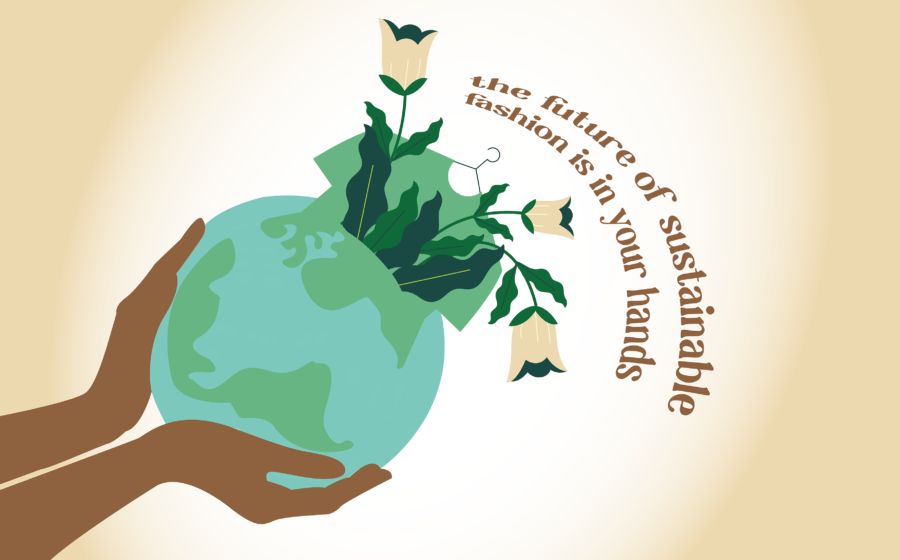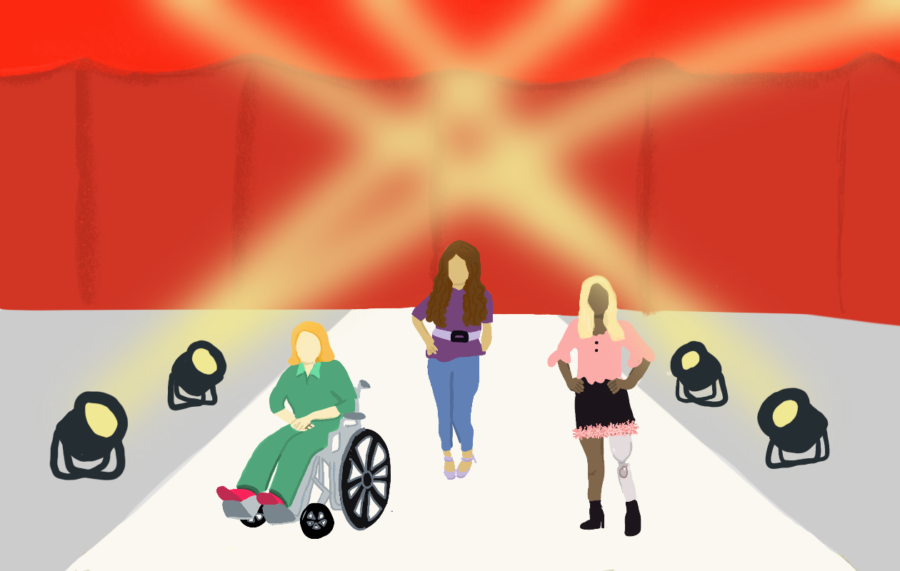The Charlottesville rally, Standing Rock protests and travel ban have all been defining conflicts of 2017. These movements put some of the best and worst of America in the spotlight, but they also left many people questioning how an individual can help stop the spread of racism and discrimination on any level.
For those in fashion, this question seemed daunting. How can an industry based on clothing have any effect on an issue so pressing and so deeply rooted in American culture? There are many ways in which the fashion industry could evolve to be more racially inclusive and empowering, such as hiring more diverse models, designers and creative personnel. But there is one area of fashion (both high-end and attainable), that remains a relatively unchecked and racially-insensitive phenomenon: cultural appropriation.
The definition of cultural appropriation varies from person to person, but according to Oxford Reference, it means “the taking over of creative or artistic forms, themes, or practices by one cultural group from another.”
And it doesn’t just happen on big runways (like when Marc Jacobs debuted a runway show of mainly white models in dreadlocks), it happens on university campuses, too. Some can be seen adorning facial jewelry reminiscent of bindis and intricate henna laced around their fingers. Students will adorn themselves with Chief Wahoo jerseys and throw on native Halloween costumes without any hesitation.
Cultural exchange is not inherently bad. Danielle Martin-Jensen, co-president and graduate student president of Kent State’s Native American Student Association, says that, “a lot of us want to share our culture, just not have it taken.” She stresses that the social and economic context in which cultural exchange takes place makes cultural appropriation an issue.
“[Cultural Appropriation] is economically harmful,” Martin-Jensen says. “Native Americans need to be able to profit from our traditional crafts. To directly steal a cultural object and claim it as your own and to furthermore receive money from it is a very large issue.”
Many statistics support her claim, too, including a report from the 2010 census that reported almost 30 percent of Native Americans were living in poverty. For Michael Humphreys, co-president and undergraduate student president of NASA, the discrepancy between cultural appropriation and the struggles of Native American communities is frustrating to see.
“You still have Native Americans getting tear gassed and water cannoned and shot to bits with rubber bullets, but then a couple months later at Coachella you have every other person wearing a headdress,” Humphreys says. “The issues go hand in hand.”
Their proposed solution: buy Native. Online retailers like Jewelry Navajo sell authentic jewelry made by Native Americans and many reservations have a craft shop in town.
Understanding is the key to productive cultural appropriation, says Aditi Tidke, president of the Kent Indian Association.
“The way crossbred fruits are, they are more advanced than before,” Tidke says. “When people come into different cultures and learn they turn into crossbred human beings.”
However, Tidke, a sophomore fashion design major, would like to see changes in the fashion industry regarding Indian culture.
In reference to traditional Indian concepts (such as henna and bindis) being shown on white models by white designers, she says, “we have a splendid culture, but I think if they did give [Indians] credit that would actually bring us closer.”
In the end, Tidke boils it down to getting outside your group and learning about the cultures that you adopt trends from.
“I just hope a lot of people came out of their circle and accepted people from different cultures,” Tidke says.
Cultural exchange is a constant in human history. In the eighth century, wine-making practices spread east and textiles spread west on the Silk Road. Paris was the fashion capital of the world before the World Wars and after New York became the authority on new styles. It has always happened and will likely continue as our world globalizes and connects even further.
A little conscientiousness, effort and empathy on the part of the fashion consumer can go far in stopping the harmful effects of this trade. Keeping in mind the context of the trends you are borrowing helps all of us understand each other just a little better.






